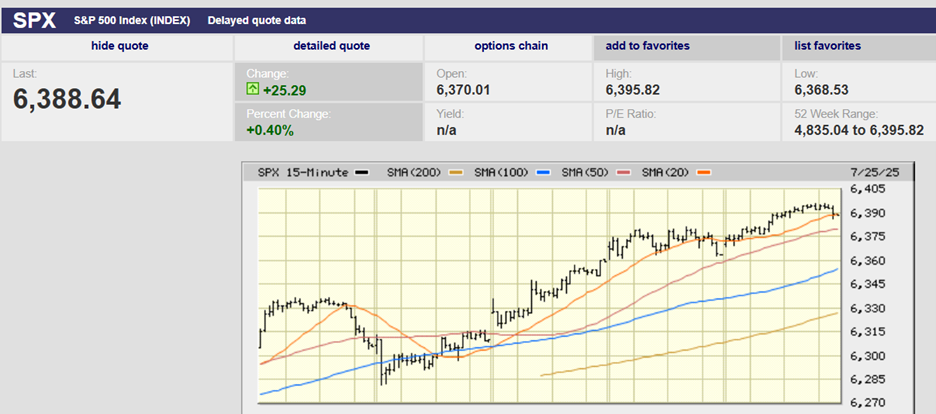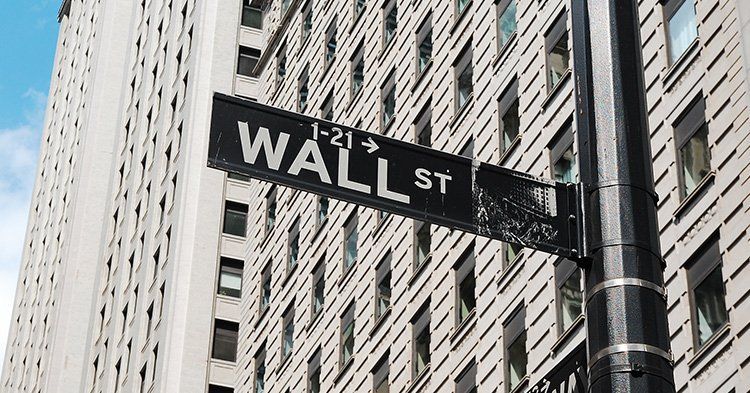From the Bleachers, Vol. 9
MARKET UPDATE
The S&P 500 eked out a small gain of 0.4% last week. The market gapped up at Monday’s open, rising as high as 2813 before selling off to an early morning low of 2775 on Wednesday. Traders pushed the S&P 500 higher from there to finish at 2803.69 on Friday. There was the usual attempt to point to this noise or that to explain the week’s trading. The Cohen testimony, Trump’s North Korean meeting, ongoing trade talks with the Chinese, and even some economic data. Of course, all of the reasons given are shots in the dark, an attempt to explain the unexplainable. Burton Malkiel’s random walk driving men and women crazy.
However, the S&P 500 is up 11.1% in the first two months of 2019, its best start to a year since 1991. Of course, the big start to 2019 comes after the December stock market massacre - the worst December since 1931. All of which means plenty of volatility over the last three months. What does it signify? We still don't really know. It could be clear sailing for another year or more, or it could be an extended relief rally in an ongoing bear market.
What we do know though is that the economy is slowing. Fourth quarter GDP was reported as having grown 2.6%, which is down from 3.4% in Q3 and 4.2% in Q2. The Trump tax cut appears to have run its course, pretty much exactly as economic theory would predict. First quarter GDP is expected to be even weaker, with forecasts in the 1% range. The New York Fed’s Nowcast is predicting 0.9% growth in Q4 while the Atlanta Fed’s GDPNow estimate is calling for just 0.3% growth in Q1. Leading indicators aren’t signaling recession yet, but they are weakening as well. For instance, the ISM Manufacturing Index new orders component came in at 55.5 down from 58.2 one year ago. The stock market is signaling that the economic slowdown is temporary and that growth will pick up later this year. Investors need to hope that the economy does reaccelerate or it will likely be a difficult rest of the year for them.
Cash on the Sidelines
An acquaintance mentioned in passing a few weeks ago that there is plenty of cash on the sidelines to support the stock market if it starts to fall again. He was parroting what he has undoubtedly heard dozens of times from self-styled experts who appear on TV or in print, confidently telling us all that hundreds of billions, even trillions of dollars are sitting in savings accounts, money markets, and short-term bond funds just waiting to be put to work in the market if stocks start to fall again. Of course, that’s nonsense.
The person selling AT&T at $30 is receiving cash from a person buying AT&T at $30. There is no net movement of cash coming off the sidelines and into stocks. Ever. Since there is no net movement of cash entering the stock market, cash on the sidelines isn’t a reason to hope the stock market will find support next time it starts to fall.
EXTRA DETAIL - NERD NOTE: The Federal Reserve creates credit when it buys bonds and other assets. Once created, the credit remains in the financial system until the credit is eliminated by the Federal Reserve when it sells bonds and other assets. The Federal Reserve expanded its balance sheet from around $850 billion to approximately $4.5 trillion in the years following the great recession, greatly increasing liquidity and causing asset prices to inflate mightily. The credit created by the Federal Reserve must be held by someone until it is retired. For instance, if the Federal Reserve decides to inject a few billion dollars into the reserve system on a Monday to hold the federal funds rate at 2.5%, it will most often use open market operations to buy a few billion dollars’ worths of government bonds from a number of the big banks, thus injecting those billions in credit into the banking system. The banks can then choose to hold the credit in the form of cash as an asset on their balance sheets, invest the cash in securities, or lend the cash to borrowers. Regardless, the cash exists and will continue to exist until the Federal Reserve reverses its purchase of government bonds by selling them. The new “money” will always be held by someone in the interim. It’s just a question of in what form a person chooses to hold the credit. Do they hold cash or do they hold stock? Importantly, should they decide to exchange their cash for stock, they must buy stock from someone else, which means that every purchase of stock is offset by an identical sale of stock.
Initial Public Offerings (IPOs)
A client asked what we thought about initial public offerings (IPOs) a few weeks ago. We don’t invest in them for a variety of reasons. One major reason we don’t invest in IPOs has to do with asymmetric information or information failure. Asymmetric information is the reason why most of us have a healthy fear of buying a used car from the traditional used car salesman. We don’t want to get stuck with a clunker, a lemon, a used car that has some serious issues that only the used car salesman knows about.
The owners of the business going public know far more about the business than we do. The price set by business owners is likely to be above fair market value as they attempt to get top dollar for their business, taking advantage of asymmetric information in order to receive that above market value price. Of course, it’s true that some IPOs are intentionally priced to ensure good returns for the initial public offering investors, but we don’t pretend to know which are which in advance because there typically isn’t enough information publicly available upon which to make an informed decision. We are also not inclined to fall victim to hindsight bias. Facebook, Google and Amazon’s success might appear obvious in hindsight, but prospects were very uncertain at the time they went public. Meanwhile, dozens of other companies that went public around the same time have proven to be poor investments. Anyone remember Myspace, Friendster, or Digg?
Regards,
Christopher R Norwood, CFA
Chief Investment Officer












